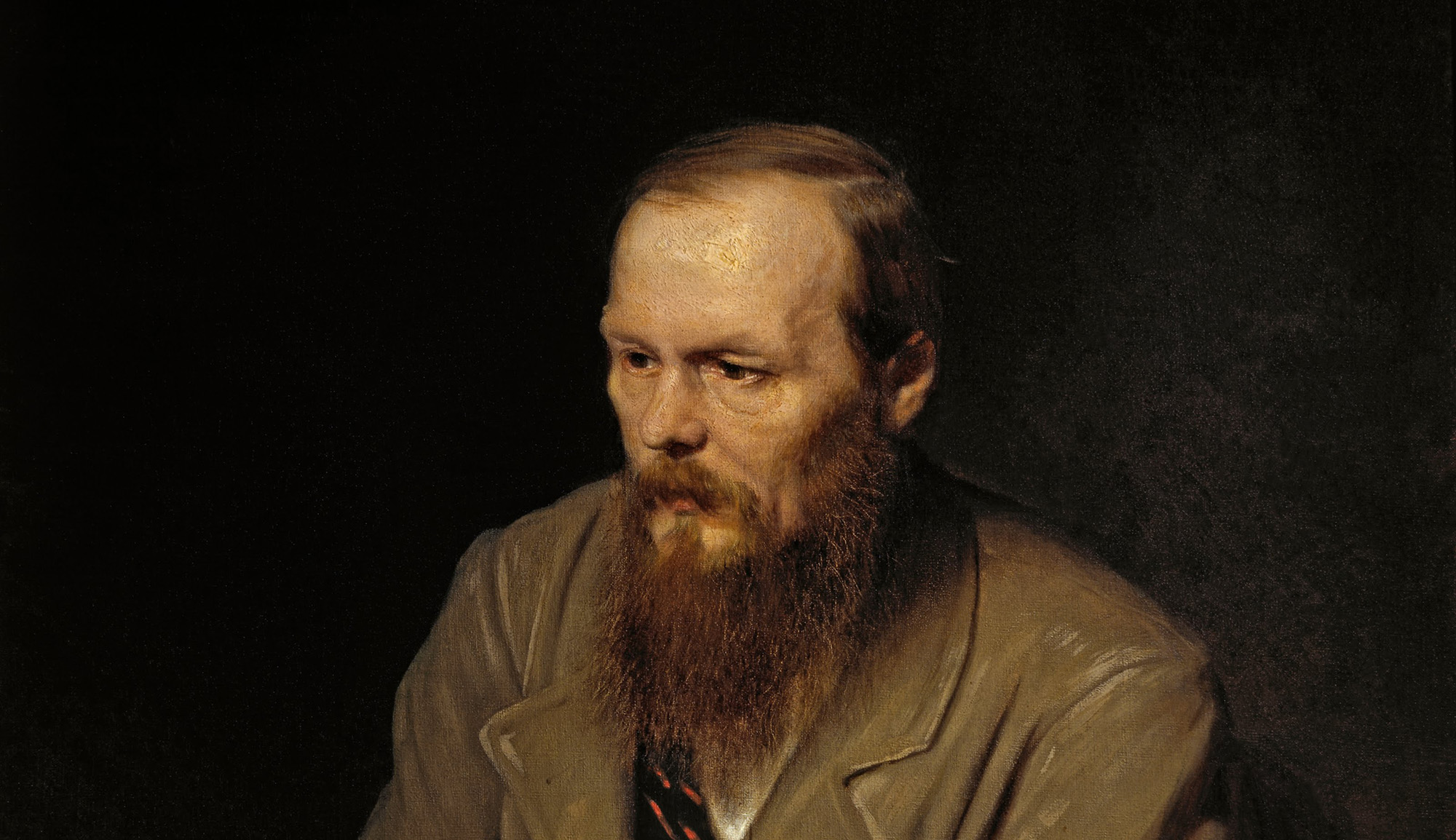In the 1930s, the economist John Maynard Keynes began studying the religious writings of Isaac Newton, many of which the great physicist had kept secret, and which had sat unread for over 200 years. Keynes would later proclaim Newton “the last of the magicians” because of his interest in alchemy, astrology, theology, and even mysticism. In his recent Priest of Nature, Rob Illife presents a comprehensive of view of Newton’s religious thought, based on careful reading of his nonscientific manuscripts, many of which were inaccessible to Keynes. Matt Goldish writes in his review:
[Newton] was a radical Christian who acknowledged Jesus as the son of God. He just insisted that the son could not be conflated with the father. In fact, he thought Jesus had been sent into the world to cleanse it of precisely such idolatrous suggestions, and he turned to the Hebrew Bible and Jewish sources to reconstruct the original monotheism of Noah and the Israelite religion that succeeded it—and to understand the conceptual errors of idolatry.
Newton’s obsession with the corruption of the early church by pagan metaphysics led him inexorably to the historical question of the origin of idolatry. Here it was Maimonides’ “Laws of Idolatry,” [a section of his monumental code of Jewish law], in the 1641 translation [into Latin] of Dionysius Vossius, that provided Newton and many others with a useful historical schema. Maimonides famously described how early people slipped from worship of the one true God to worship of His retinue—the sun, the moon, and stars—which led to the occlusion of the divine and the corruption of worship. . . .
Newton held that before the corruption of the original pristine religion, a scientific priesthood maintained both theological and natural truths, though these were largely hidden from the masses. In particular, the priests knew the sun and not the earth was the center of the universe; hence ancient temples from Stonehenge to the Temple in Jerusalem were organized around perpetual fires that represented the sun. The Temples stood for the solar system, a kind of “symbol of the world.” . . .
The tabernacle and the two Jerusalem Temples were of deep interest to Newton for another reason. He read the mysterious Revelation of St. John as being physically set in the Temple precinct. . . . He left several drawings of the Temple (with his own idiosyncratic Newtonian layout) as well as numerous written passages about its importance. Indeed, despite Keynes’s clever hunch [that Newton was a “Judaic monotheist of the school of Maimonides”], Newton’s notes on Maimonides mainly concern the laws of the Temple [in Maimonides’ code] rather than theology—he didn’t even own a Latin translation of [the theological magnum opus] the Guide of the Perplexed. [But] the Mishnah, Josephus, and Maimonides . . . were all grist for the mill of his unique Temple researches.
Read more at Jewish Review of Books
More about: Christian Hebraists, Idolatry, Moses Maimonides, Science and Religion, Scientific Revolution, Temple


